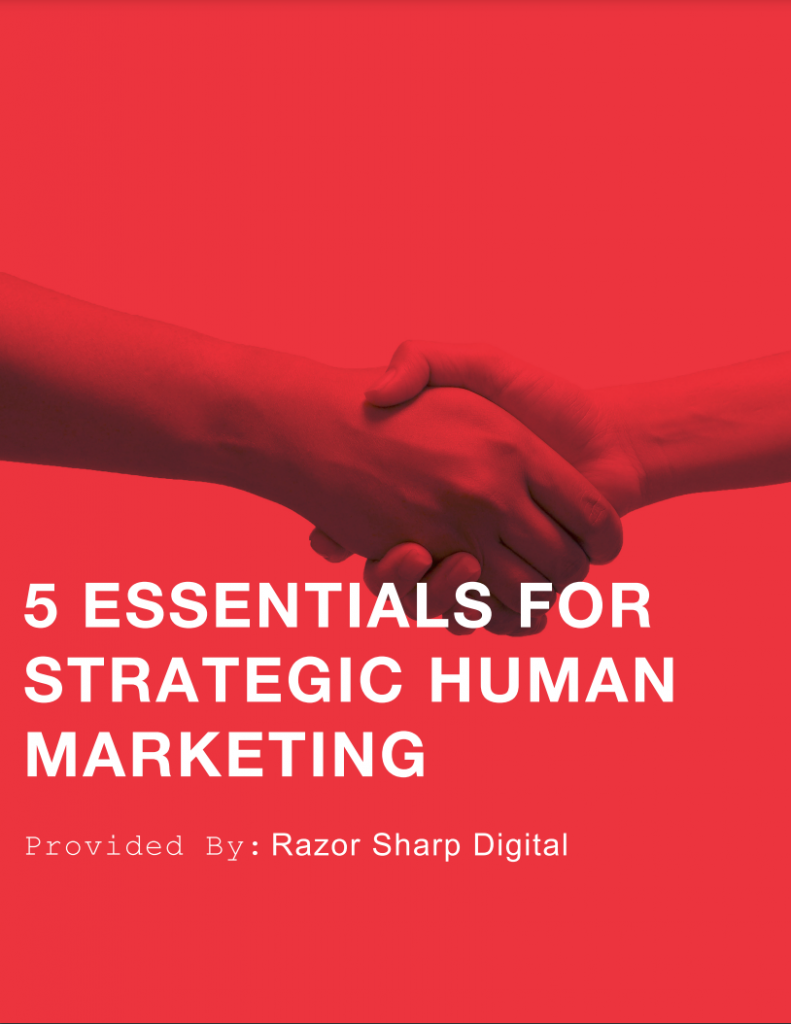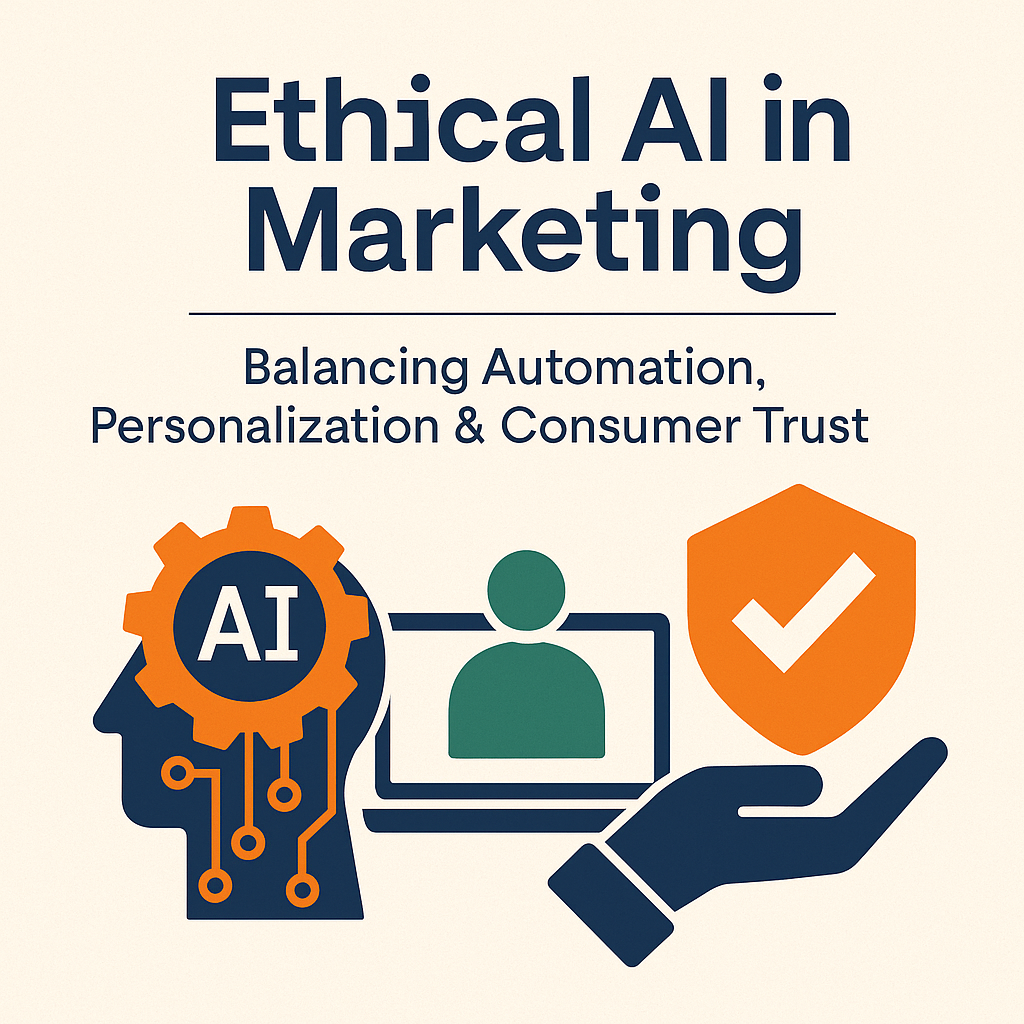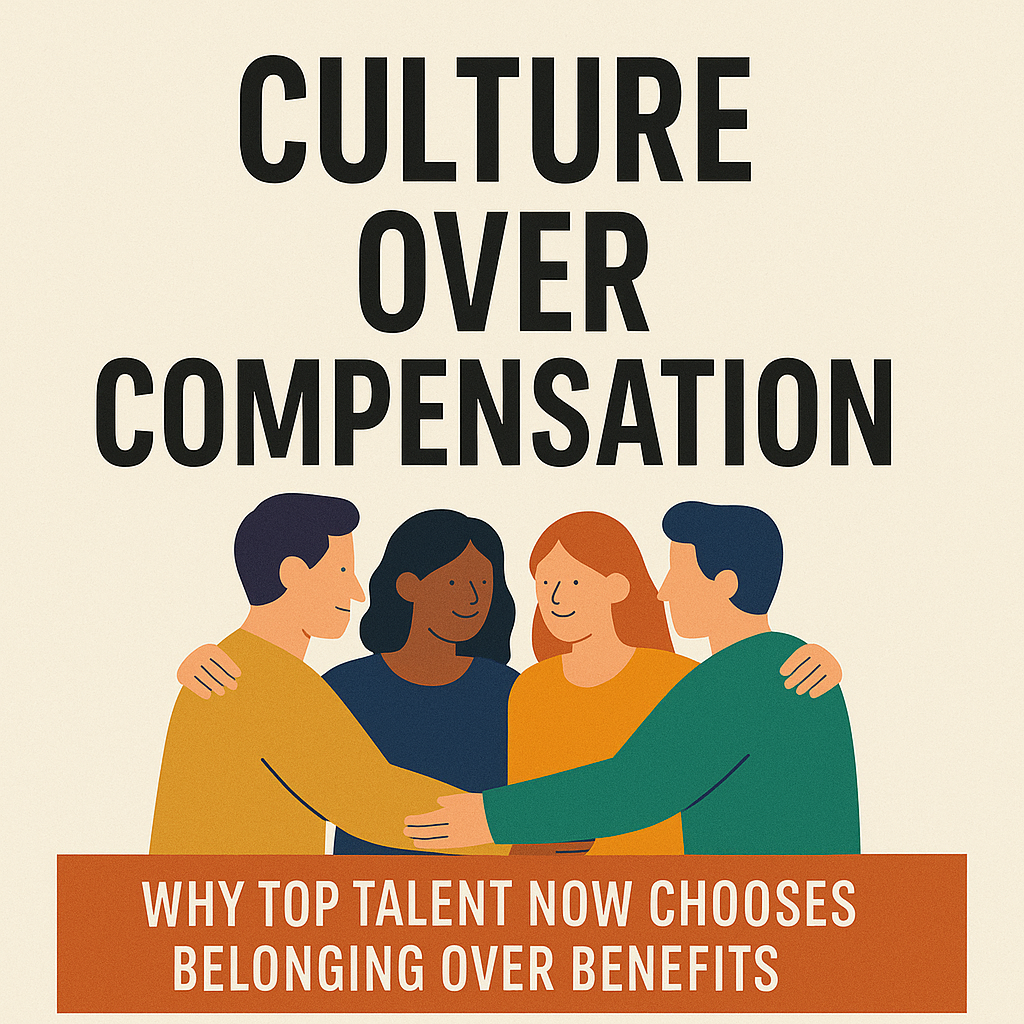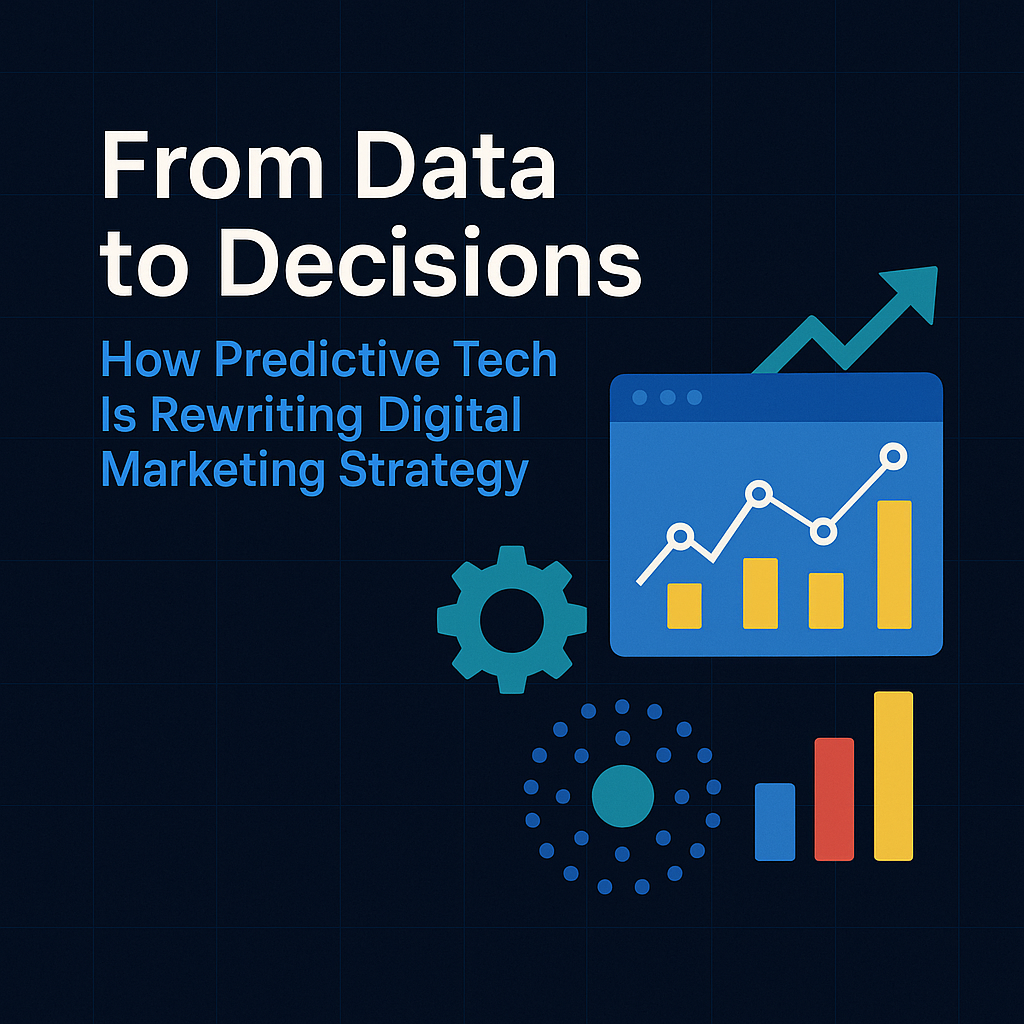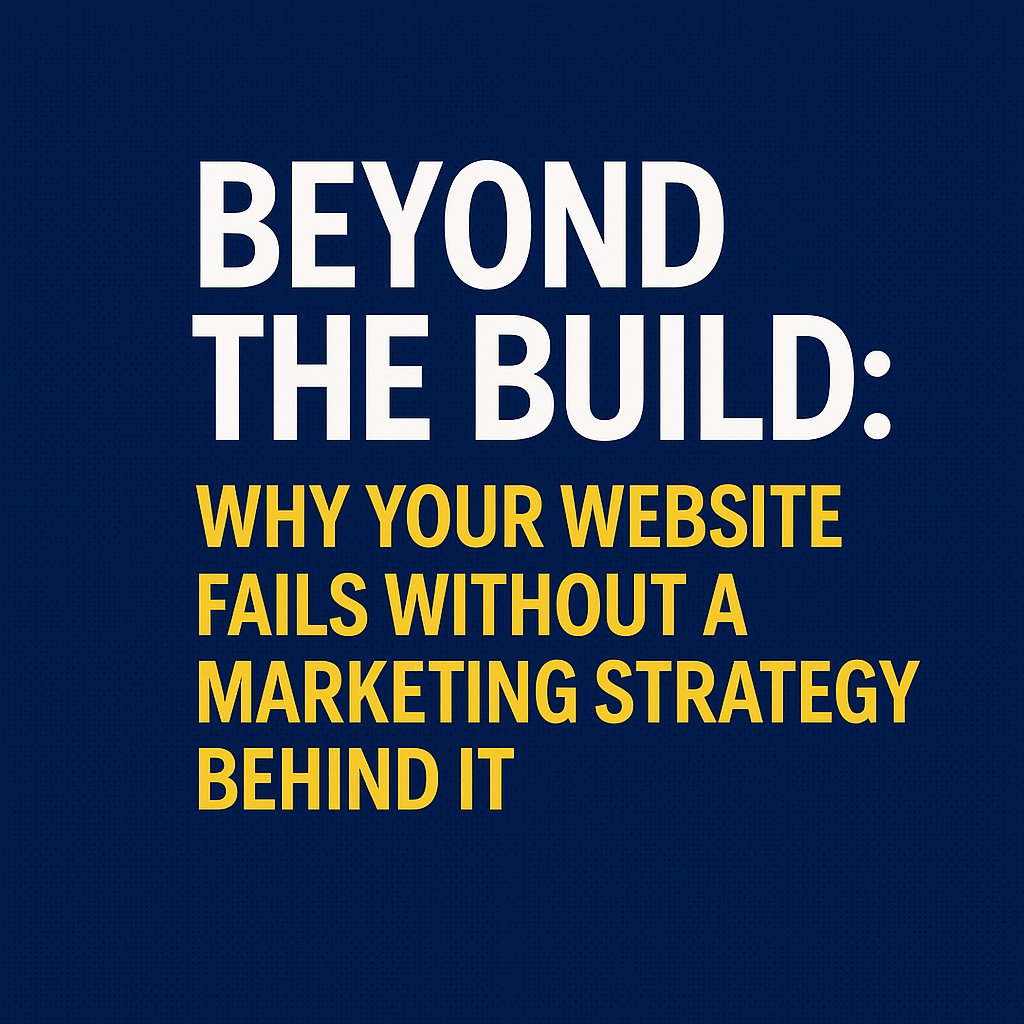What Does “Algorithm-Proof” Really Mean?
An algorithm-proof strategy is a marketing approach that doesn’t depend on third-party platforms or shifting algorithms to generate engagement or leads. It’s rooted in:
In short, it’s about controlling what you can—and building a digital ecosystem that works regardless of what Meta, Google, or TikTok do next.
Why the Death of Third-Party Cookies Is a Good Thing
Yes, change is hard. But the end of third-party cookies creates an opportunity for brands to rebuild trust and transparency with their audiences.
Here’s why you should lean in:
Better data = better marketing. First-party data is more accurate and useful than third-party data.
Higher lifetime value. Customers acquired through trust-based relationships are more loyal and spend more.
Smarter strategy. Without shortcuts, your brand will finally focus on meaningful engagement and content.
5 Algorithm-Proof Strategies to Build Brand Resilience in 2025
1. Double Down on First-Party Data Collection
Use opt-ins, email forms, gated content, quizzes, loyalty programs, and account creation flows to collect direct audience insights.
Tip: Offer real value in exchange—think exclusive content, discounts, or early access.
SEO Keyword Focus: first-party data strategy, post-cookie marketing, cookieless tracking
2. Invest in Owned Channels
Stop relying solely on social media algorithms to reach your audience. Instead, build and nurture platforms you control:
Email newsletters
Blogs
Podcasts
SMS marketing
Community platforms
These channels are immune to algorithm changes and allow for deeper customer engagement.
SEO Keyword Focus: owned media strategy, email marketing, cookieless advertising
3. Create Evergreen, Search-Optimized Content
Strong SEO is one of the best algorithm-proof tools you have. Create content that:
This builds consistent organic traffic—regardless of paid ad limitations or algorithm shifts.
SEO Keyword Focus: SEO content marketing, evergreen content strategy, organic traffic growth
4. Build Brand Authority and Trust
With fewer retargeting options available, customers will rely on recognition and trust before buying.
How to build it:
A trust-based brand earns attention naturally—no tracking pixel required.
SEO Keyword Focus: brand trust online, building brand loyalty, reputation marketing
5. Use Contextual Targeting & AI Tools
With third-party data on the decline, contextual and AI-driven tools are on the rise. Platforms like Google Ads and LinkedIn now offer privacy-compliant targeting based on page content or user behavior patterns—not individual tracking.
Pair these tools with strong creative and message clarity for best results.
SEO Keyword Focus: contextual targeting 2025, privacy-first advertising, AI in digital marketing
Embracing the Post-Cookie Future
Success in 2025 and beyond won’t come from chasing trends or tweaking targeting tactics—it will come from building something solid.
- A brand that customers trust.
- A content strategy that compounds over time.
- A data system that respects privacy.
- A digital ecosystem you control.
That’s how you stay visible, valuable, and viable—no matter what the next algorithm throws at you.
Final Takeaway
The future of digital marketing is algorithm-proof. And that future is built on trust, ownership, and strategy—not tricks.
Start building your brand resilience now.




